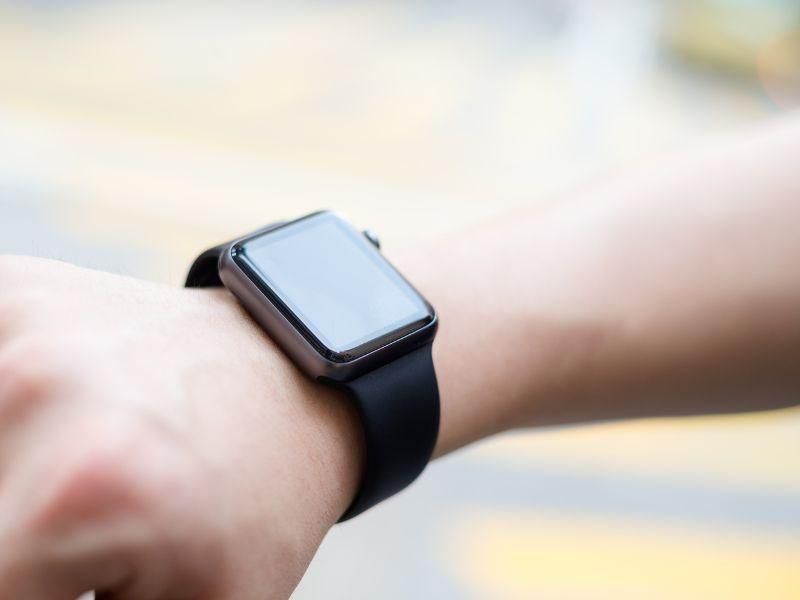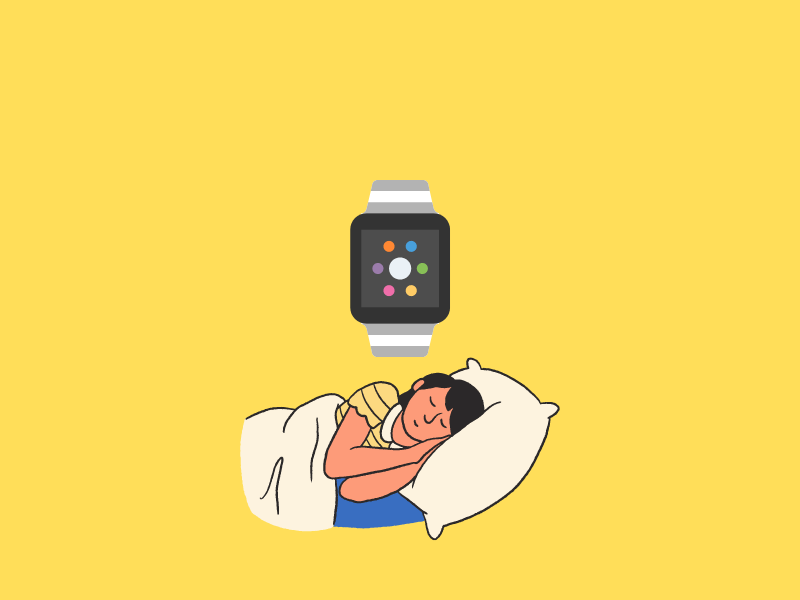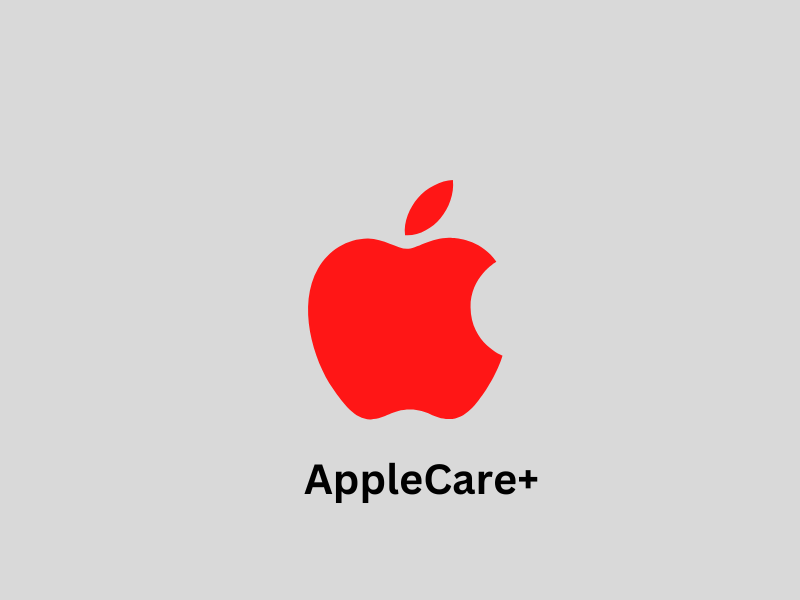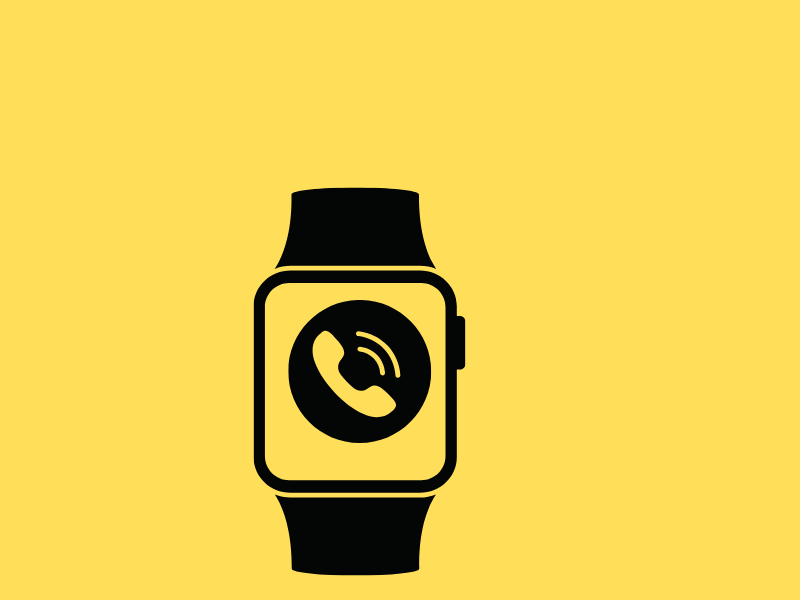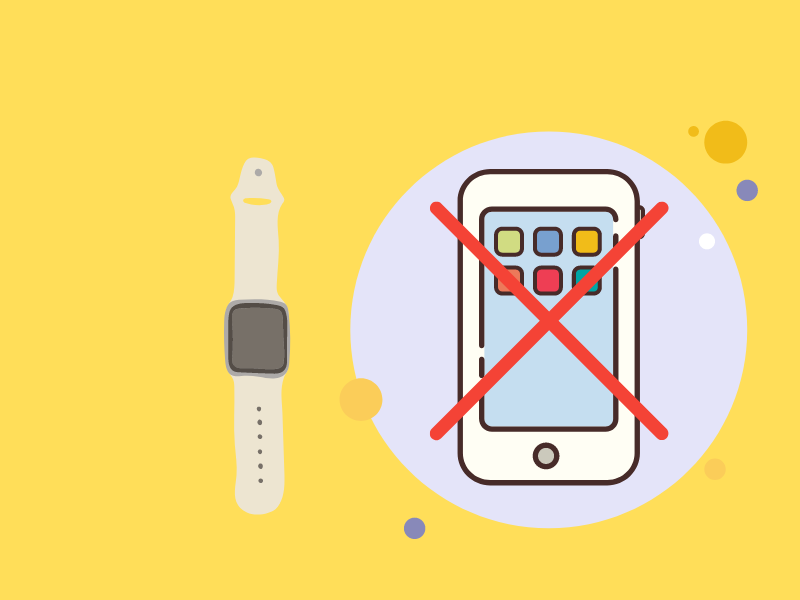What is haptic on the Apple Watch?
Apple claims its watch can provide different types of haptic feedback to users. What is haptic on the Apple Watch, and what can you do with it? This post will introduce you to what haptics are on the Apple Watch and how you can use it to improve your day-to-day interactions with the device.
What are haptic alerts on Apple Watch?
Haptic alerts are vibrations that you feel on your wrist when you receive a notification on the Apple Watch. They can be used to indicate that you’ve received a new text message, for example, or to let you know when your timer is done. It is an alert system on your Apple watch that mimics the sense of touch.
You can customize the haptic alerts for each app on your Apple Watch, or turn them off entirely. To do so:
- Open Settings on your Apple Watch.
- Scroll to Sounds and haptics and tap on it.
- Scroll down to the Haptics Alerts category.
- There are several menus here where you can customize the haptics alerts to suit your needs.
- Scroll through the menus and adjust them according to your preference.
What is the difference between haptics and vibration?
Haptics is a form of feedback that occurs using vibrations that are used to create the illusion of physical touch. They can be used to provide feedback when you interact with a digital interface, such as when you receive a notification on your Apple Watch.
Vibrations, on the other hand, are simply a buzz-agitative feeling that can be produced by any device. They don’t necessarily provide any feedback or create the illusion of touch and they can be used for any number of reasons.
What is a haptic touch screen?
A haptic touch screen is a type of touchscreen that uses vibrations to provide feedback to the user when it senses touch. It can be used to provide feedback when you interact with a digital interface.
The screen of some iPhones, which uses vibrations to provide feedback when you press on the screen, is an example of a Haptics touch screen.
Also, you can tell a device that can do haptics to respond to your touch by making the digital screen vibrate. The feedback can vary in intensity and duration.
Should haptics be on or off?
It depends on your personal preference. If you find the haptic feedback helpful and it doesn’t bother you, then you can leave it on.
If you don’t like the haptic feedback or it bothers you, then you can turn it off. You can also experiment with different settings to find the ones that work best for you.
Some examples of haptic feedback that can help you decide whether or not to leave them on are:
- Vibrations when you receive a notification on your Apple Watch.
- Vibrations for system controls and when you interact with the screen of your Apple watch.
- Vibrations when a taptic time on your watch is activated.
- Vibrations, when you rotate the digital crown to scroll for Apple Watch 4 or later.
How do I turn off haptic alerts on my Apple Watch?
You can turn off haptic alerts for certain functions on your Apple Watch, or you can disable them entirely. To do so:
- Open Settings on your Apple Watch.
- Scroll to Sounds and Haptics and tap on it.
- Scroll down to the Haptics Alerts category.
- Toggle the switch next to “Haptic alerts” to enable or disable the feature entirely.
- The switch will turn white when it’s disabled.
Can you make the Apple Watch vibrate stronger?
Yes, you can make the Apple Watch vibrate more intensely by adjusting the Haptic setting. To make the Apple watch vibrate stronger:
- Go to Settings on your Apple Watch.
- Scroll down to Sounds & Haptics and tap on it.
- Scroll to the Haptics category and toggle on Haptics Alerts.
- Then, select “Prominent” instead of “Default” under Haptic Alerts.
This will make the Apple Watch’s vibrations feel stronger whenever it gives haptic feedback.
What is Taptic Time on Apple Watch?
Taptic Time is a type of haptic feature on the Apple Watch that allows you to feel the time passing. It uses haptic feedback to give you a gentle tap on the wrist depending on the type of taptic setting the Apple watch has been set for.
There are different types of Taptic time on the Apple watch. They include:
- Digits: This is a type of Taptic time setting which makes you feel a long haptic tap every 10 hours and a short haptic tap for every other hour. Also, you will feel a long haptic tap every 10 minutes and a short haptic tap for the remaining minutes.
- Terse: In this Taptic setting, you will feel a long haptic tap every 5 hours and a short haptic tap for the remaining hours. It will also make you feel a long tap every 15 mins.
- Morse code: For this setting, you will feel a haptic tap in morse code for each digit of the time.
To use any of the above Taptic settings, you must have activated Taptic time from the Clock menu of your Apple watch which will be explained below.
How to set your Apple Watch to activate Taptic time
To set your Taptic time on your Apple Watch:
- Go to Settings on your Apple watch.
- Tap on Clock.
- Scroll down and tap on Taptic time.
- Toggle on the “Taptic time” switch.
- Scroll down and choose one of the Taptic time settings from Digit, terse, and Morse code as explained above.
After setting up Taptic time, you can feel how the tap feels on your wrist by touching and holding the watch face on the time menu with two fingers.
Why is haptics important?
Haptics is important because they provide a way for people to interact with digital devices without using sight or sound. They can be used to provide feedback, navigation, and even communication.
Also, haptics can be used to make digital devices more accessible for people who are blind or have low vision.
Last but not least, haptics can be used to make virtual reality or augmented reality more immersive.
What are the advantages of Haptics Technology?
Haptics technology goes beyond the scope of the Apple watch, it can be used in other fields too. Some of the advantages of Haptic technology are:
- It can provide a realistic sensation of touch from electronic devices.
- It can be used in various applications such as gaming, virtual reality, and others.
- Haptic feedback can help people with disabilities.
- It can create a more immersive experience.
- It can be used as a form of communication.
Frequently Asked Questions about Haptics on the Apple Watch
Q. What is Crown haptics on Apple Watch?
A. Crown haptics is a feature that provides haptic feedback when you turn the Digital Crown on your Apple Watch. This feedback lets you know that your Apple Watch is scrolling and helps you to navigate without having to look at the screen.
You can turn on Crown haptics in the Settings app on your Apple Watch. Go to Settings > Sounds and Haptics, then scroll down and toggle on the “Crown haptics” switch under the Haptics category.
Q. Can I enable both sounds and haptics for messages and notifications?
A. Yes, you can use both sounds and vibrations on your Apple Watch to let you know about messages and alerts. To do this, go to Settings > Sounds and Haptics, then under “Alert volume“, increase the volume levels. Then, scroll down and toggle on the “Haptics alert” switch.
Q. How can I mute my Apple watch when receiving Haptic Alerts?
You can mute your Apple watch while receiving alerts for notifications by covering your watch face with your palm. You will feel a tap to confirm that mute is now activated.
For this to work, you must have activated “Cover to Mute” on your Apple Watch by going to Settings > Sounds and Haptics, then scroll down and toggle on “Cover to Mute” under the Haptics category.
Q. What does the word “Haptic” mean?
The word “Haptic” comes from the Greek word “haptesthai“, which means “to touch“.
Wrap up
In the end, haptics is a way to give users feedback through vibrations or other things they can feel. This can be used to give users information about notifications or what is happening on their Apple Watches and to simply make the experience of using the watch more enjoyable.
Thanks for reading.
For more featured articles like this, click on the home page.
